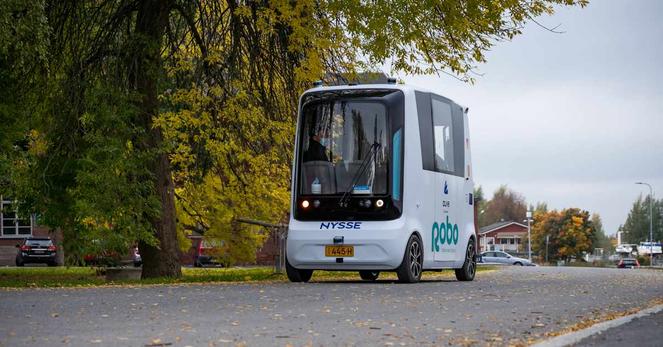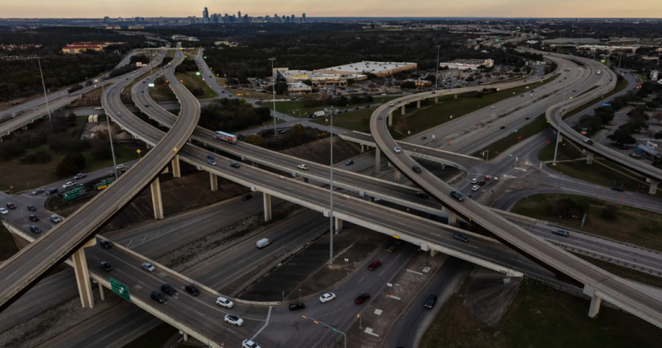Really appreciate the context from people who know the history and the engineering challenges, especially @anachrocomputer and @mgleadow. It sounds like this stretch of railway has been fighting the landscape for more than a century, and the landscape keeps winning.
I suppose the uncomfortable truth is that some of these problems are genuinely hard to fix, at least without the sort of investment and long-term national planning that we are nowhere near committing to. Until then, maybe the answer is a cultural shift rather than just an engineering one.
If the climate is becoming more volatile and parts of the network sit in places that want to flood, perhaps we need to work with nature rather than pretend we can always outrun it. Build more flexibility into how we travel. Slow down a bit. Accept that weather can disrupt rigid timetables in the same way that seasons shape what food is available.
It is not the answer any of us want when we are standing on a platform watching yet another cancellation board update. But the comments here have made it clear why "just improve the drainage" is not the simple fix it sounds like, and why our expectations might need to change along with the climate.









